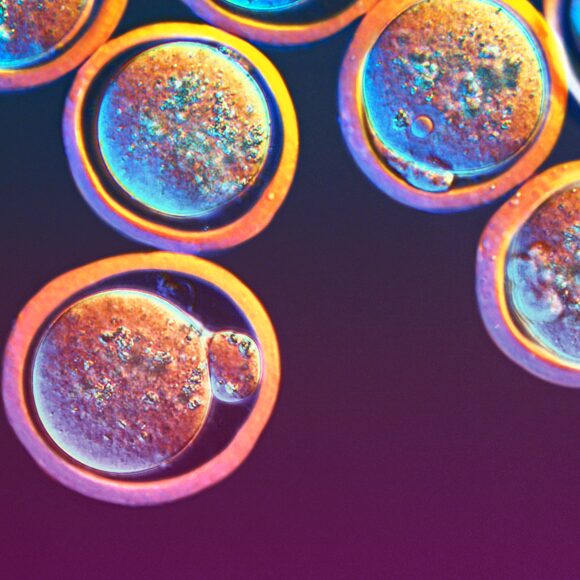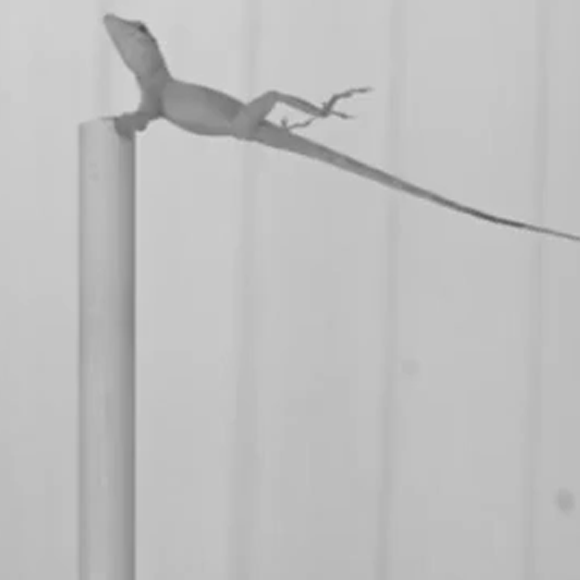Is baking an exact science?
The instructors of almost every pastry course will turn to the students at some point in the first lesson, and say, in all seriousness, “Baking is an exact science.” Why do they say this? And what precisely do they mean? Maybe it really is science.

In this video, you will see the changes that take place in dough when we bake cookies. At each stage, you will have to determine whether the change is chemical or physical.
Write down your answer and explain so you can check your answers at the end of the video.
Check your answers
● Melting butter is a physical change. If we cool it, it will turn back into a solid. No new substances have been created.
● The evaporation of water in the butter and the evaporation of water from the dough are physical changes. If we cool the water, it will turn back into a liquid. No new substances have been created.
● The change in the egg white is a chemical change: It is irreversible, since through the change, chemical bonds were broken and new bonds formed to create new substances of different texture and color.
● Carbon dioxide is a new substance that is created through a chemical reaction between acidic substances in the dough (like orange juice or yoghurt) and between sodium bicarbonate (baking soda). This, of course, is a chemical change.
● The brown color of the cookies and the smell that is released during baking are new substances created in the reaction between the sugars and proteins. These are chemical changes. The reaction that occurs is called the Maillard reaction (named after French scientist Louis-Camille Maillard).
● Caramel is a new substance created in a chemical process – caramelization.
Bon appetit!
Chemical and physical changes in baking cookies – An interactive video
Play VideoActivity Overview
In this video, students will see the changes in dough when we bake cookies. At each stage, the students will be asked to determine whether the change is chemical or physical. The answers are provided at the end of the video.
Chemical change, physical change, chemical reaction
Knowledge building



